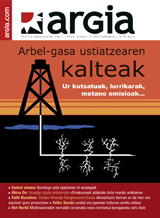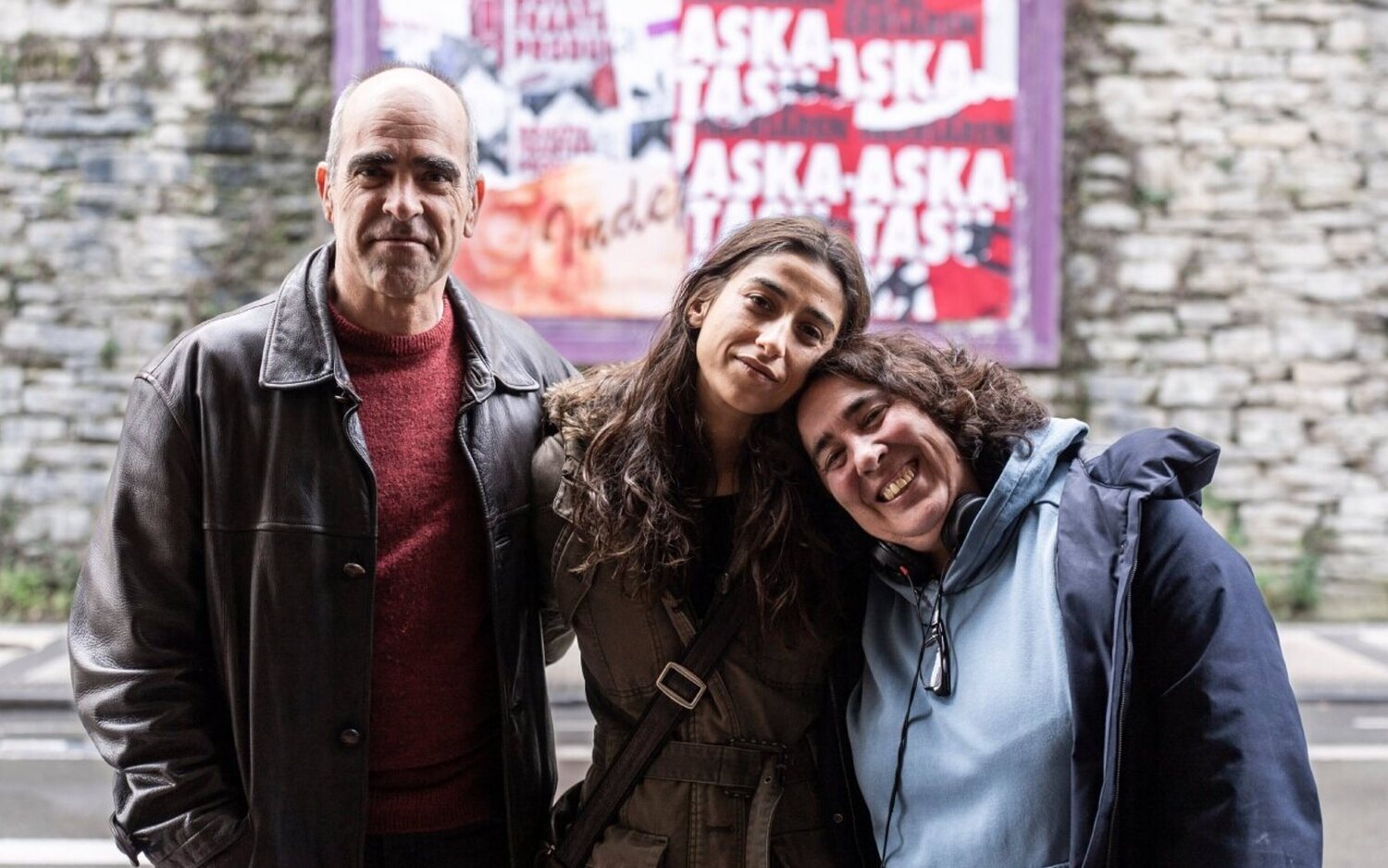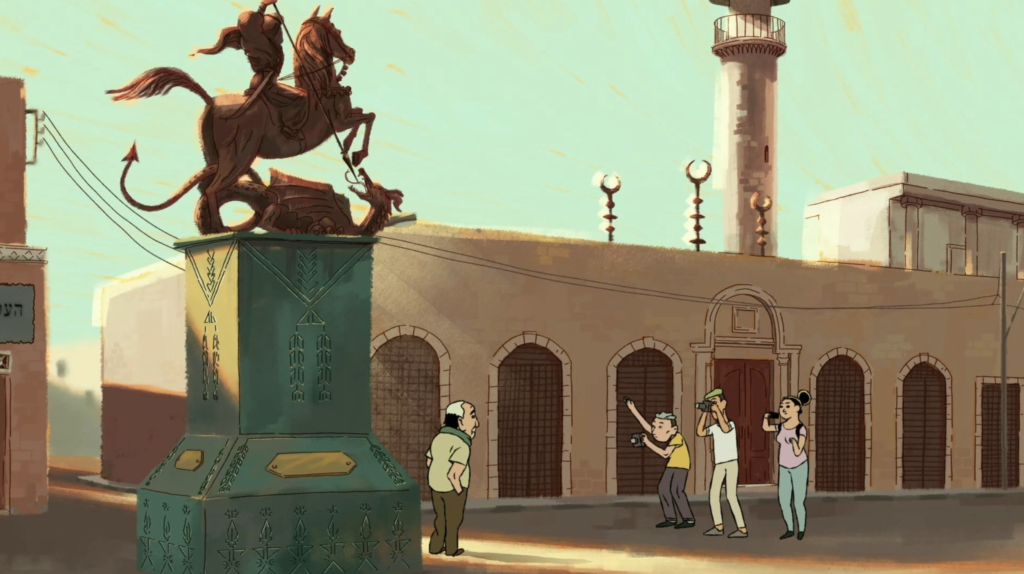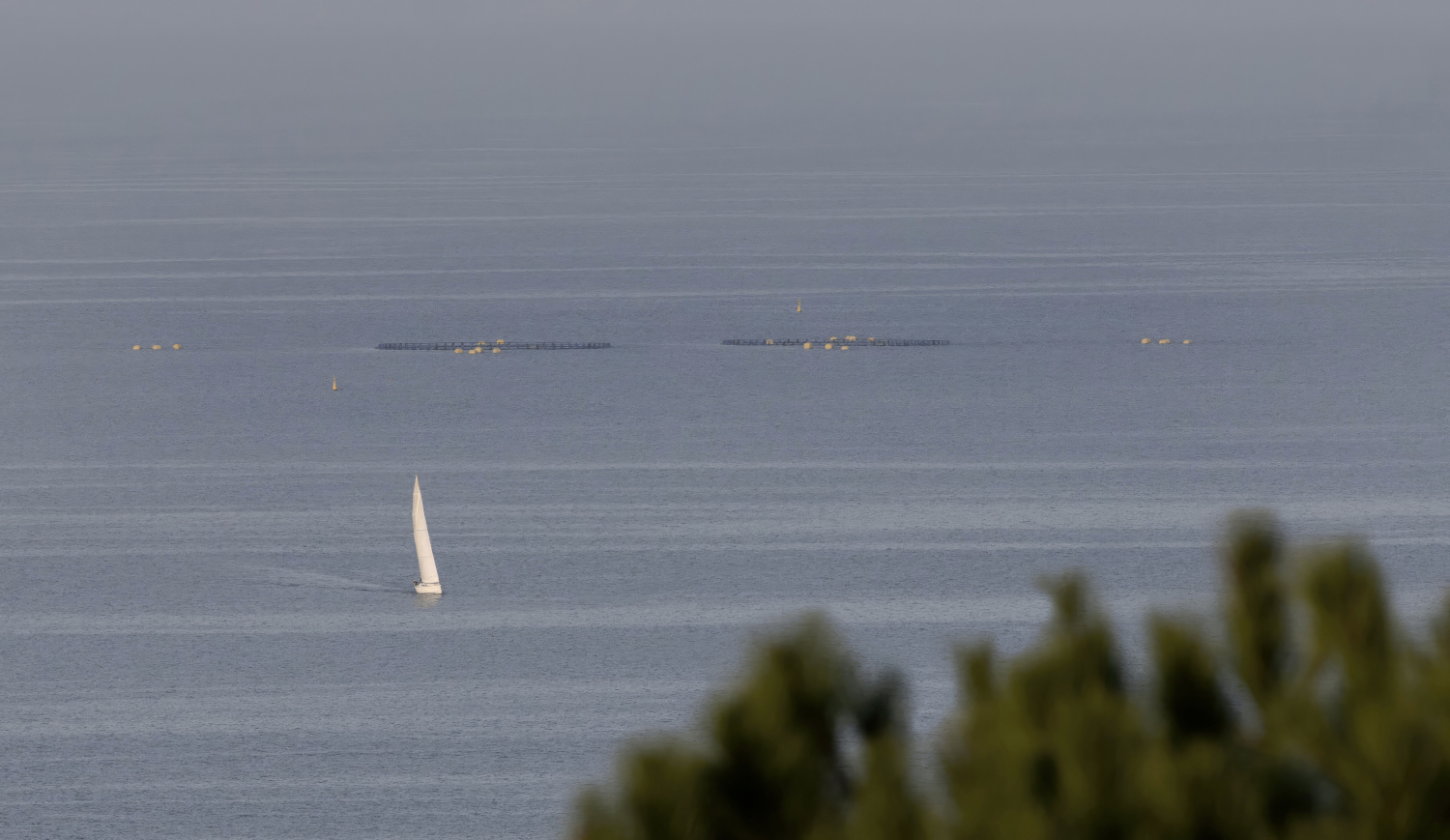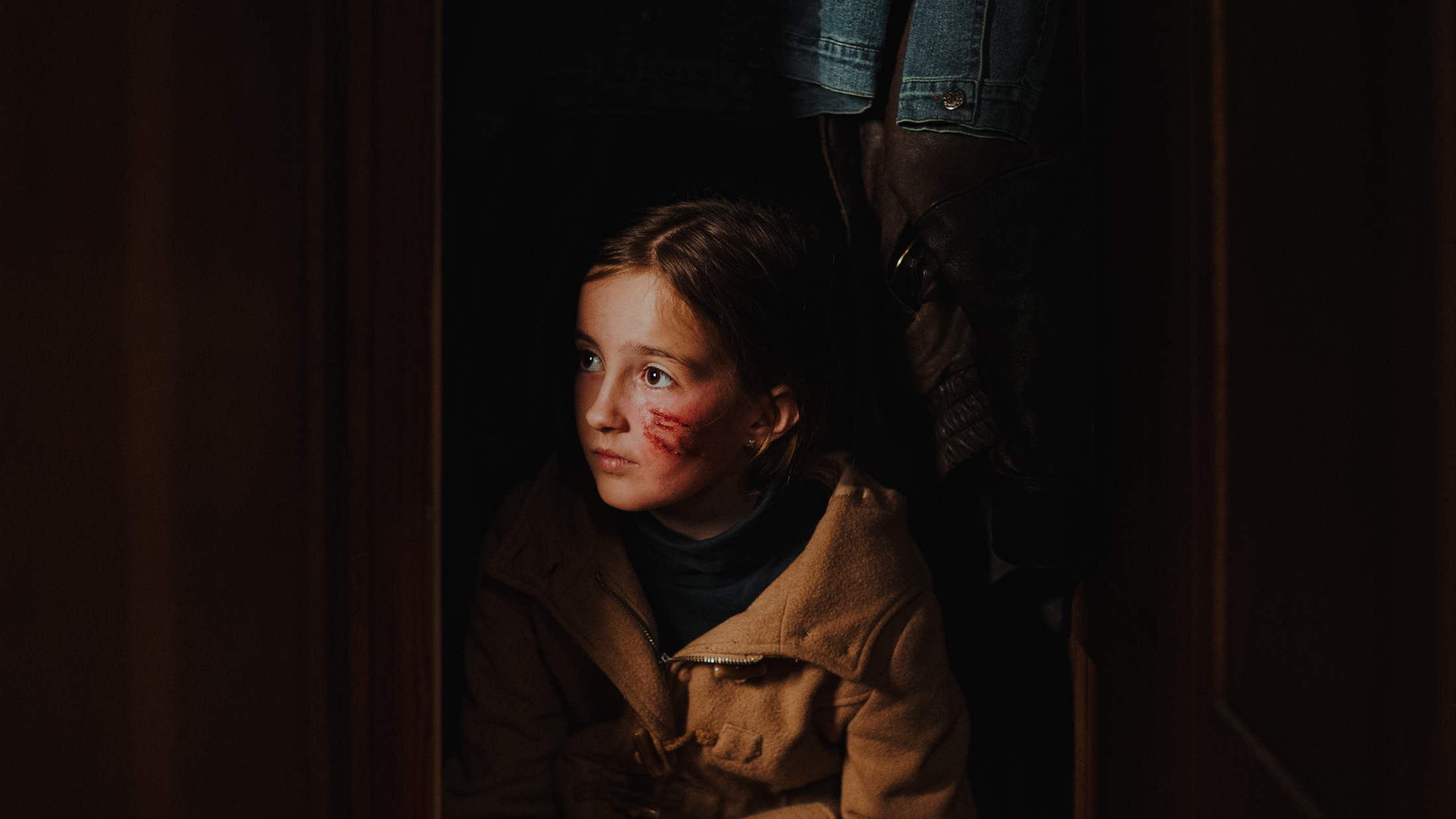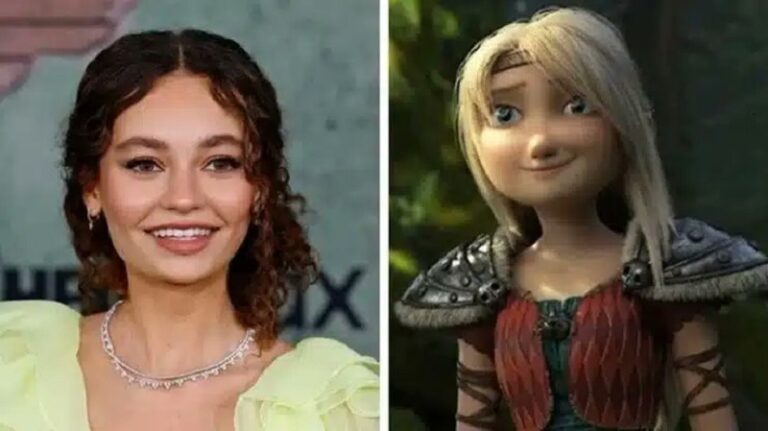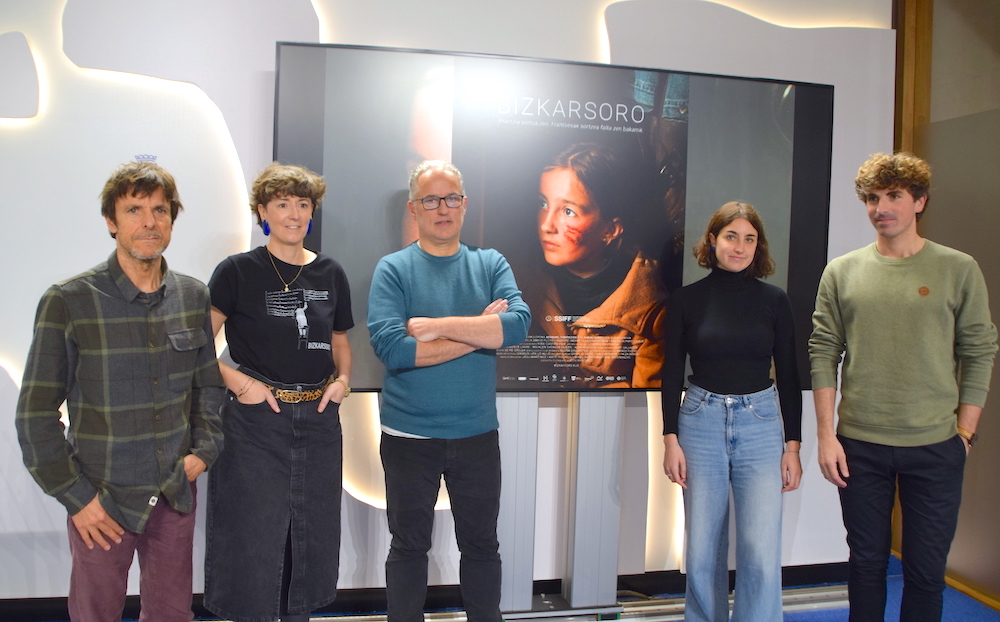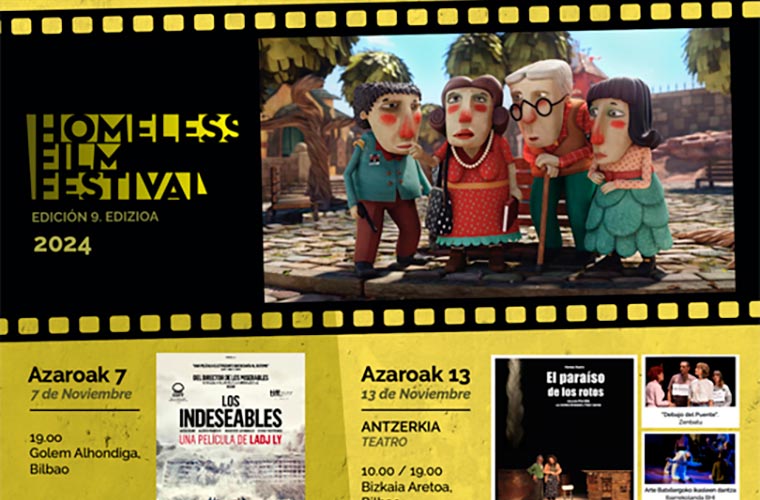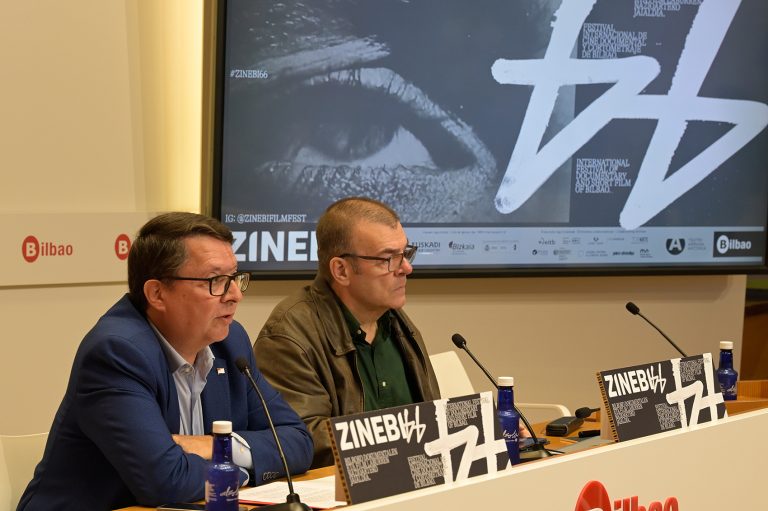A fragile fascination
- Arriya, Urte berri on, AMONA!, Bertsolari, Bi ANAI, Azken bidaia, Gartxot. In a short period of time, Basque productions have filled cinemas and some of the films have managed to stay for between four and five weeks on the billboard. We have asked a number of cinéphiles about the number of unusual productions, about the quality of the work and about the response of the public.

It is a joy to be able to watch Basque films in commercial theatres, “because that is the battlefield and one of the places where film takes action,” says film critic Begoña del Teso. More and more people are learning cinema well in the good places, and it's a good sample of it, but as with wine, it's a matter of harvest, "and it's been a great harvest." For the writer Harkaitz Cano, these piles of releases are the result of chance. Cinema and literature. In the words of the author of the book Begiaren ajoak, “what has most pleased me is variety, because films have nothing to do with each other, neither stylistically, gender, nor linguistic registration.”
The support of public institutions has had to do with this fruitful harvest, according to student Miren Manias. Manias is conducting a thesis on the financing of Basque cinema at the UPV/EHU. However, he warned that the situation may worsen in the short term, as the crisis provides for cuts in aid and a drop in production. “In addition to the quantity, we have to take into account the quality, seek the balance, despite making fewer films, so that each job has more budget, the best quality possible.”
The film director Koldo Almandoz is also not blinded by the splendor of these months of Basque film. On the one hand, although it is good that there are so many Basque films on the billboard, what worries me is that in three months they have all been released together, especially knowing that there is not enough audience for everyone: “I don’t know if the Durango Fair Syndrome is going on, which takes place all after the San Sebastian Film Festival, following the spin of the festival, and I suspect that when you put a new film of these, it doesn’t take away space from the film of a great distributor, but it goes into place of another Basque film.” Therefore, the director sees a need for a different distribution over time and releases. Moreover, he explained to us that, in addition to the amount of work and its duration, more factors must be taken into account: “We see that there are many films on the billboard and that can lead to a fascination effect, but with the data in hand, Aupa Etxebeste! These releases are far from the number of spectators he saw. We like to reclaim Basque cinema, but then reality says that we are not going to the theatres. There are many reasons behind: consumption habits have changed, people wait for it to happen on TV, or wait for it to be given free at the village’s house of culture later…”.
Mime, patience, promotion
No, it is not an easy task to attract people to cinemas, and furthermore, Manias believes that we lack the habit of consuming products in Basque. Promotion can be the way, as it considers that films in Basque are not enough, due to budgetary problems: “The film premieres and the people around it don’t know it many times either.” In any event, the industry orders: “The big dealers put pressure on the owners of the rooms to over-produce, leaving the little ones in bad times and passes for a few days, because if the films in their catalogues are not going to be a priority they will not bring such and such a film next month.”
The secret to success in the commercial network is to take the measure, according to Del Teso: the author, the producer, the dealer, the room, must pamper the film. “If the film is shown in a large room and you will see it 50 people, it’s easy to say it’s got bad results, but if you put it in a small room and deck, for about 100 viewers, half the room is full of 50 people. Measure and mime are the keys, from the beginning to the end.” That and patience. Del Teso asks the room owners patience, “because we don’t just want to watch movies in Euskera, but also the other movies, the cinéphiles are few and we need time to see all the movies”.
Bold and elegant in quality
In addition to being fruitful, this year’s offer has generally been considered to be of good quality. They say that Basque cinema has taken a step further and underline two aspects: diversity and value. In Cano's words, "they are works tailored to the whims of creators, free of television and good. The word ‘Duin’ has been used and the word has almost a pejorative connotation, but more than dignified, the result has seemed elegant to me, I have seen with satisfaction that work and things are gradually moving in another direction”. Del Teso has also thanked the naturalness and prosperity of the Basque used in the films, “the Basque versus, not converted into a piece of the museum”. Almandoz highlights the qualitative leap of the last two years: “You only have to see how different the films are, how different audiences are directed, how they deal with different concepts of cinema… There is a desire to explore new paths and gradually people dare to produce them”.
Preferred titles
To highlight this variety, Koldo Almandoz has selected three works that make very different proposals, when we ask him to emphasize some film: “Urte berri on, AMONA! Bertsolaris and Dos brothers are successful in their respective areas and are proud to be able to proudly show them anywhere in the world.” Begoña del Teso has loved Bi, for the boldness of director Imanol Rayo – “he has managed to get rid of the ghost of Atxaga” – and for approaching another film, visual, free. He also referred to bertsolari, which brings to the verse the melody and the necessary image, “rejuvenates it, feminizes it and makes it cinema”. Harkaitz Cano has been struck by another project, because it is also risky, the animation for adults without concession: "Gartxot. “I liked how they have been able to take advantage of the shortage of budget or money, I found it a very smart attitude to look at the characters on the profiles and face to face. It’s a film that surprised me and is worth it.” The year
2012 will maintain the level of the new paths that have already begun.
Kritika kontrajarriak jaso arren, abuztu aldean jende ugari eraman zuen aretoetara Arriya filmak. Alberto Gorritiberea zumaiarraren lanak bi familiaren arteko apustua zuen ardatz, gorroto zentzugabeez, tradizio pozoitsuez eta maitasun salbatzaileez hitz egiteko. Urri-azaroan, Donostiako Zinemaldian estreinatutako euskal ekoizpenek errenkadan egin zuten jauzi sala komertzialetara. Komedia beltza, tragedia eta thrillerra uztartuz Urte berri on, amona!-n Telmo Esnal zarauztarrak gidaturiko genero saltsak kritika eta publikoaren oniritzia jaso zuen. Bi dokumental ere izan ditugu pantaila handian: Asier Altuna bergararrak bertsolaritzari eskainitako Bertsolari eta Bigarren Mundu Gudan aliatuak laguntzeko sortu zen Comète sareari buruzko Azken bidaia, Iurre Telleria eta Enara Goikoetxea hernaniarrek zuzendua. Bernardo Atxagaren eleberria abiapuntu, esperimentaziotik asko duen Bi anai lana ekarri du berriki Imanol Rayo iruindarrak. Eta azkeneko estreinaldia ezohiko formatuan iritsi da, helduentzako animazioa: Asisko Urmeneta iruindarrak eta Juanjo Elordi markinarrak Gartxot, konkista aitzineko konkista aurkeztu dute, Nafarroako Erdi Aroko bardoaz.
A conference for architects has just been held in Madrid to discuss the crisis of the professional architect. They have distinguished the traditional and contemporary way of being an architect. What is traditional? From the epic architect who appears in The Brutalist, where... [+]
Itoiz, udako sesioak filma estreinatu dute zinema aretoetan. Juan Carlos Perez taldekidearen hitz eta doinuak biltzen ditu Larraitz Zuazo, Zuri Goikoetxea eta Ainhoa Andrakaren filmak. Haiekin mintzatu gara Metropoli Foralean.









